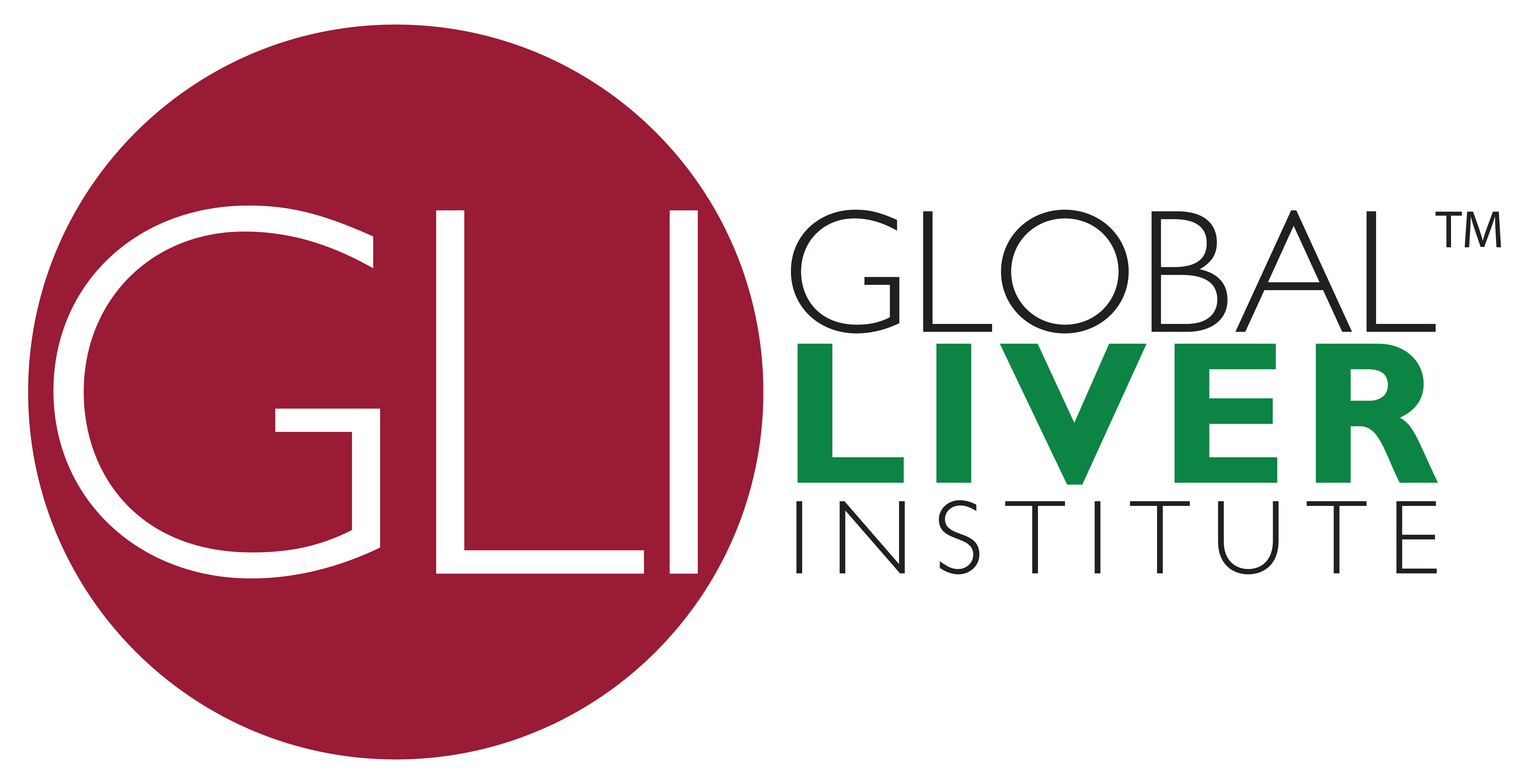Dear Colleague:
October is Liver Cancer Awareness Month. This represents an opportunity to draw attention to the global burden of liver cancer and to highlight the various public health organizations, scientific societies, and individuals making liver cancer awareness and education a priority.
Throughout the decades liver cancer has continued to rise, pushing it to now become one of the leading causes of death and illness worldwide. According to the World Health Organization (WHO) there were 905,677 new cases and 830,180 deaths from liver cancer in 2020 alone. 72.5% of new liver cancer cases were in Asia, especially in countries such as Mongolia and China where rates are 10-20 times higher than those in the United States. Globally, exposure to viral hepatitis and aflatoxin are the biggest risk factors for developing liver cancer.
The Centers for Disease Control and Prevention (CDC) is proud to be among the organizations working around the world toward the goal of increasing early detection and screening. CDC has created various programs in response to the increasing incidence of liver cancer. These include:
- Promoting hepatitis B and hepatitis C screening, testing, and treatment. According to the CDC 78% of global hepatocellular carcinoma has been attributed to chronic HBV or HCV infection.
- Developing, implementing, monitoring, and evaluating various hepatitis related policies and programs to address underlying causes of viral hepatitis transmission and outbreaks with the hopes of reducing liver cancer incidence rates.
- Actively working to prevent and improve outcomes associated with liver cancers by raising awareness amongst at-risk communities and addressing the root causes and risks associated with this disease.
- Implementing targeted liver cancer education and prevention efforts among health care providers and community coalitions especially within American Indian and Alaska Native communities. Liver cancer incidence rates were between 50% to over 3 times higher for American Indian/Alaska Native males and females compared with the white population.
In 2020, CDC published an augmented report on their recommendations for hepatitis C screening amongst adults. This report provides important details on preventative recommendations, services, and interventions to reduce HCV infections and the link of HCV and liver cancer. In 2019, the CDC published a report on Liver Cancer Incidence in the American Indian and Alaska Native Population in the United States from 2012 to 2016. In 2018, CDC reviewed the literature and cancer plan activities in the National Comprehensive Cancer Control Program, along with releasing a report surfacing the trends in Liver Cancer Mortality in the United States.
CDC is pleased to be working with many partners towards increasing early detection and screening of liver cancers. To learn more about our activities visit our website. We thank you for your continued support for CDC’s goals on Liver Cancer Awareness Month.
Lisa C. Richardson, MD, MPH
Director, Division of Cancer Prevention and Control
National Center for Chronic Disease Prevention and Health Promotion
Centers for Disease Control and Prevention

